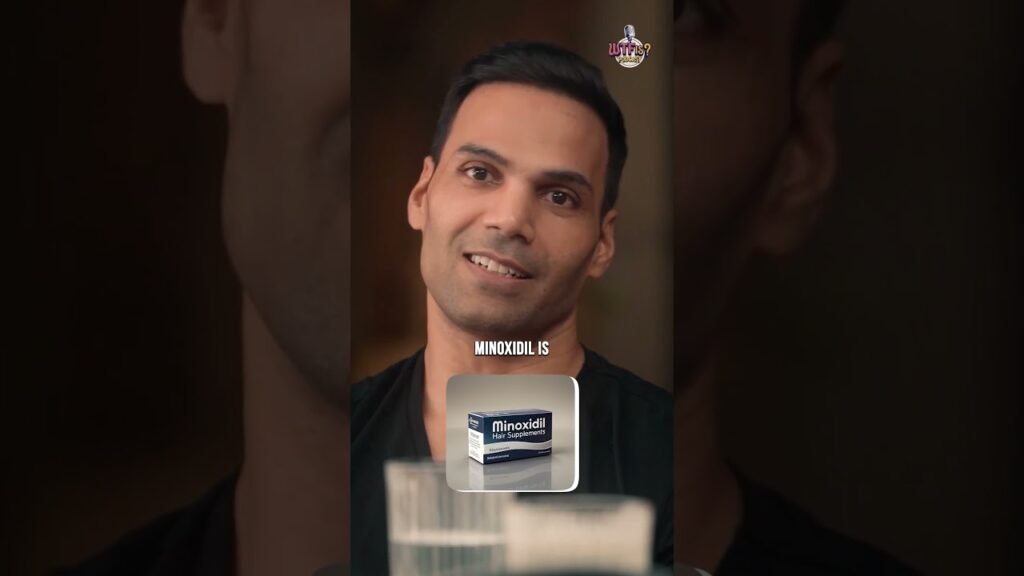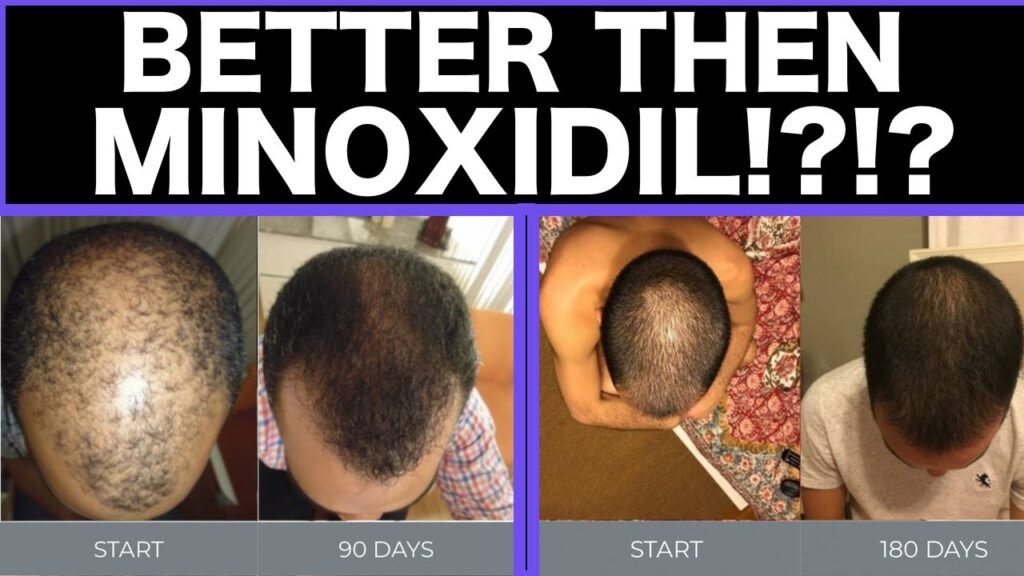Why choose Minoxidil vs finasteride
When considering treatments for hair loss, its essential to understand the differences between Minoxidil and Finasteride to make an informed decision. Minoxidil, a topical solution, is often chosen by individuals who prefer a non-invasive approach to hair regrowth. It is widely recognized for its ability to stimulate hair follicles and increase hair density. Unlike Finasteride, Minoxidil does not require a prescription, making it a convenient option for those looking to start treatment quickly and without a doctors visit.
Another reason why some people choose Minoxidil over Finasteride is the difference in potential side effects. Finasteride, an oral medication, works by inhibiting the conversion of testosterone to dihydrotestosterone (DHT), a hormone linked to hair loss. While effective, Finasteride can cause side effects such as decreased libido, erectile dysfunction, and other hormonal changes. Minoxidil, on the other hand, is generally associated with fewer systemic side effects since it is applied topically. This makes Minoxidil a preferred choice for those concerned about the hormonal impacts of Finasteride.
Furthermore, the application process of Minoxidil can be a deciding factor for many users. Ease of Use: Minoxidil is available in liquid or foam formulations that are applied directly to the scalp, targeting specific areas of hair thinning. This direct application can be seen as an advantage for individuals who want to focus on particular problem areas. Additionally, Minoxidil is available in various strengths, allowing users to select a concentration that best suits their needs and sensitivity, offering a level of customization that Finasteride does not provide.


